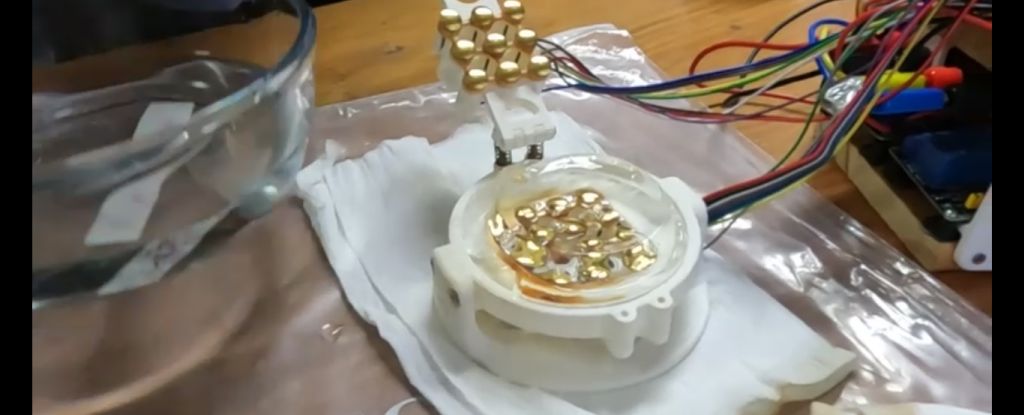

Oooohhhhh boy. Another one of these 🤣
It’s not like a package thing you can sell if you’re not supporting it. Then you’re just selling hardware at an inflated price. It’s not even self-hosting at that point. Why wouldn’t you just pay a regular company for a product?






















Then I’m not sure what the product you’re selling is though. Tech Support? That’s going to be a hard sell.